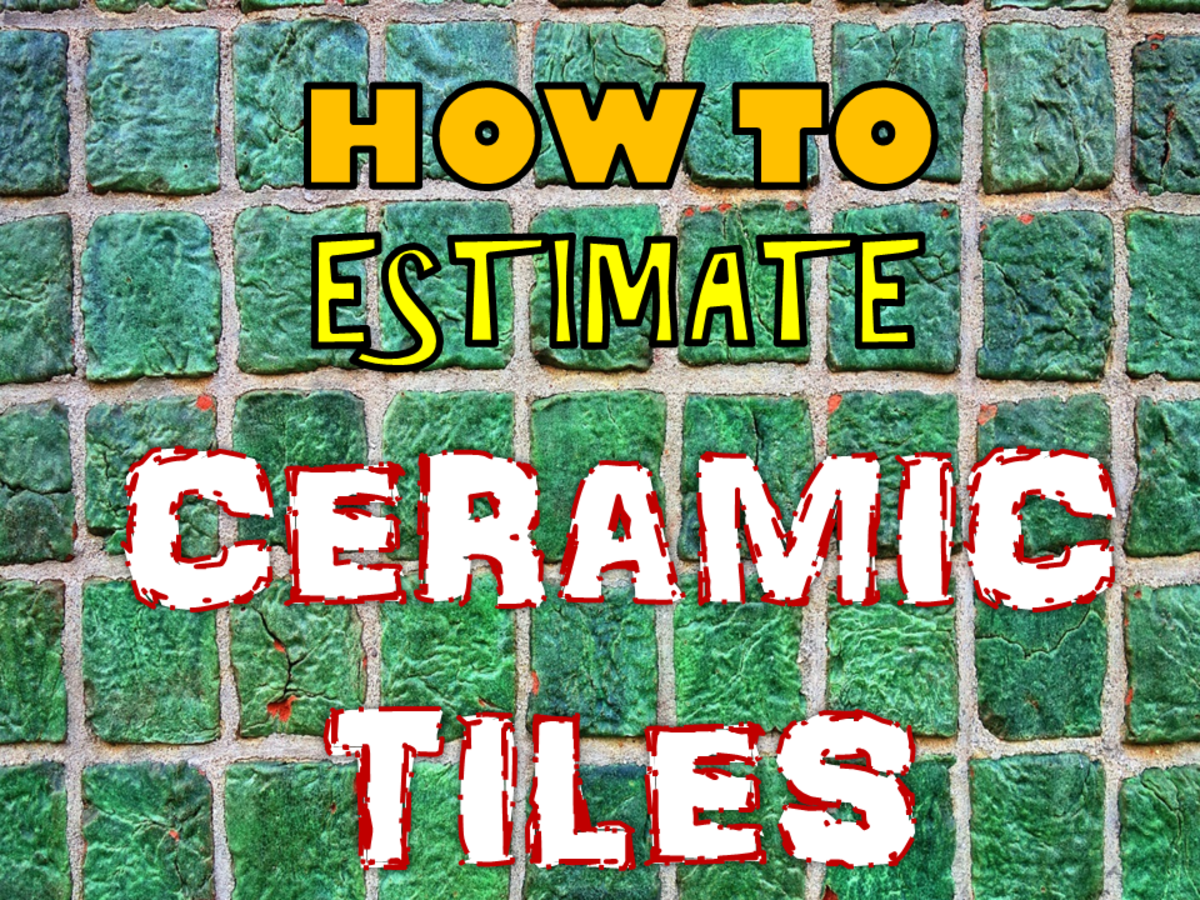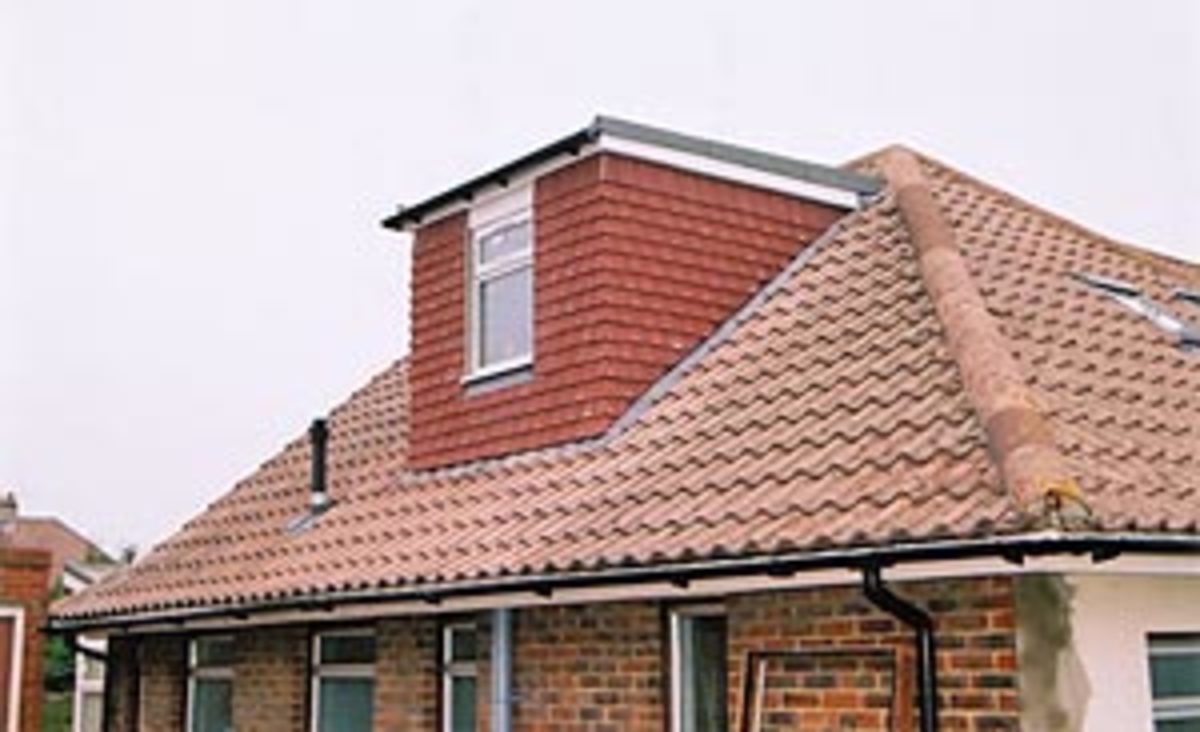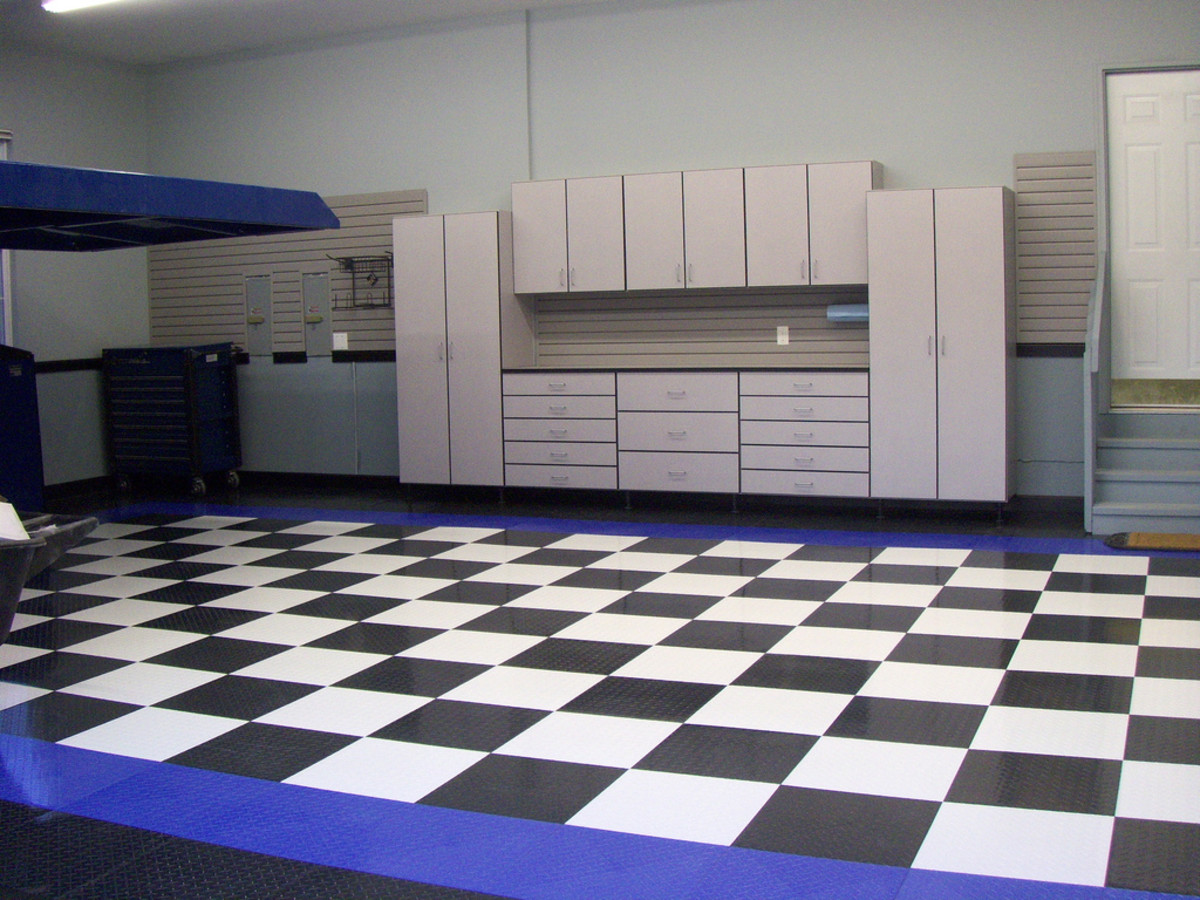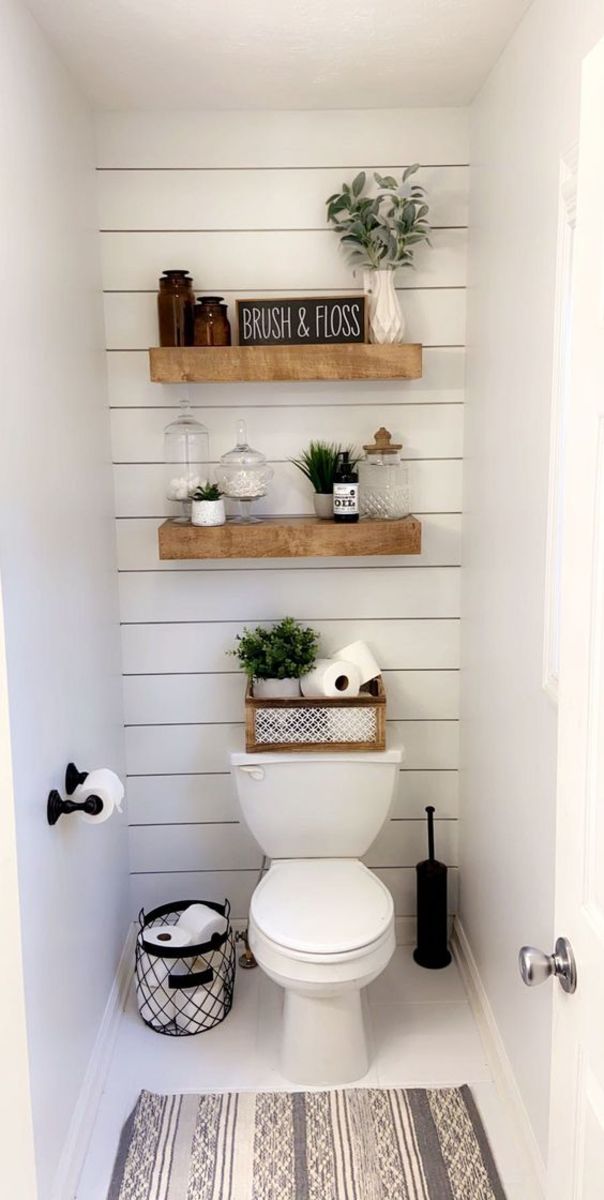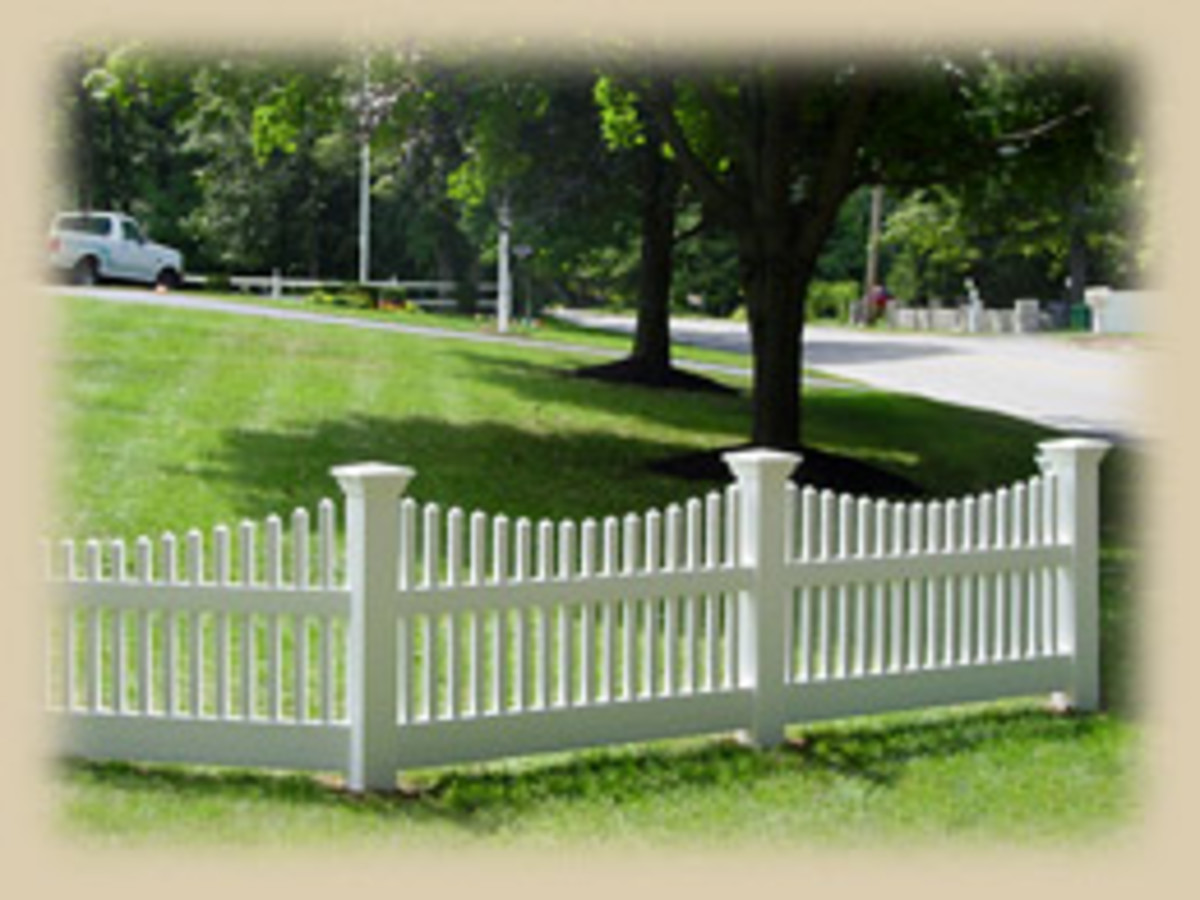From Rocks to Riches, Part 3: Slate Comes to the Rescue
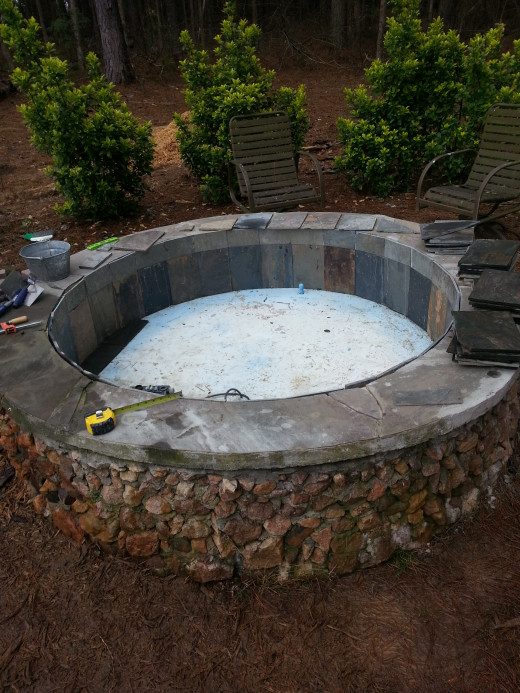
The so-called “Green” revolution is the result of a massive shift in thinking from the 1960’s and 70’s to now. Back then DDT, Formica and linoleum were the solutions to all of life’s problems. Fireplaces were out; central heat was in. Natural wood floors were out; nauseating colors of flaming orange, chartreuse and lime green shag carpet were in. Cotton? What was that? Something slaves used to pick. Cool people wore polyester. And the real studs wore polyester leisure suits with elbow patches. It is believed that no man who wore such a suit at that time ever returned home without a supermodel holding his hand.
This obsession with all things chemical and man-made was most famously summarized by the line in the 1967 movie The Graduate , when a young Dustin Hoffman was taken aside by his father’s friend and given important advice about the most lucrative field of employment for an ambitious career-seeker: “Plastics!”
As a child of that time, I wasn’t totally immune to the “plastics” mentality. I grew up on linoleum, polyester and shag carpet. I thought a wood stove and a pine floor were things that were only found in abandoned country shacks, the ones that had crescent moons painted on their outhouses. I thought granite was something that got ground up and dumped on muddy roads and leather boots were shoes cowboys wore out on the range. Retro wasn’t metro, and meek wasn’t chic.
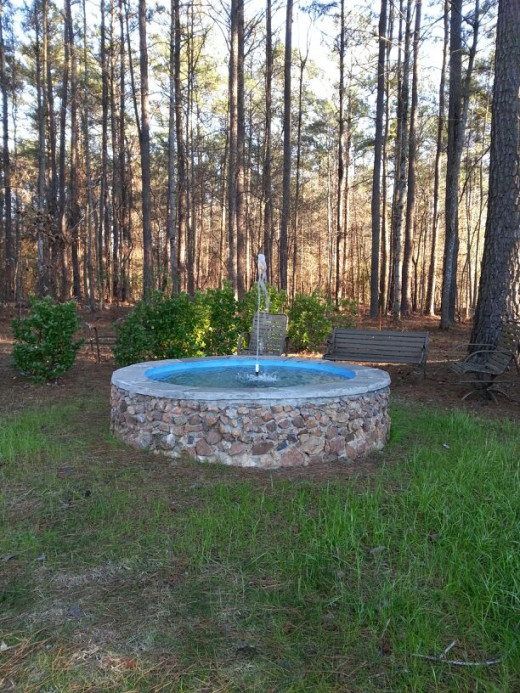
All that changed when computers took over the world in the present century and a population steeped in electronic gadgetry began longing for its natural roots. Nowadays rock is good. Plastic is bad. Wood is good. Vinyl is bad. Organic is good. Synthetic is bad. And so forth.
By the time I built the fountain in my backyard out of natural rocks in 2007, this reversal of popular taste was already in full swing. The decision to make the most prominent feature of my property a glorified rock pile was a result of that new shift in taste. The only problem is that I couldn’t quite flush the 60’s and 70’s out of my system. I had rocks on the outside but then I painted the inside with resinous blue pool paint.
It was the equivalent of the cowboy in leather jacket and jeans shoeing himself with, instead of worn leather boots, a plastic pair of Air Jordans.
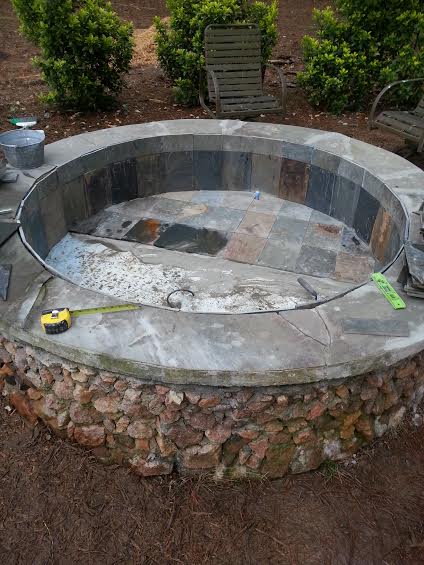
Realizing the error of my judgment, and understanding the value of a full commitment to “green”, I recently decided to make the inside of my fountain as ruggedly natural as the outside. In the last eight years I have developed a crush on slate—the same stuff that constitutes the rooftops of thousand-year-old country cottages in England and France. Along with others I have “discovered” the stuff that was a construction mainstay for our ancestors centuries ago.
A place called Floor & Décor doles out slate at the rate of $1 per square foot. I built a shower stall out of it two years ago in a vacation lake house. I used it as a decorative sash to hide warped wood around windows. I swear by the stuff. I would almost sleep with it if I could. It’s everything a millennial designer craves: cheap, tough, rugged, durable, natural and—though actually usually gray in color with splashes of earth tones intermixed—a perfect example of today’s “green”.
I took thirty pieces of 8 by 12 inch slate and glued them with epoxy to the vertical wall of my fountain. In the process, I created a new shape. I had a circle before, but I created some sort of polygon with thirty sides. If there is a word for such a shape I haven’t heard it. “Octagon” is as high as I go. I then cut 30 more pieces of slate tile roughly in half with my diamond-tipped tile saw, and glued those above the other tiles.
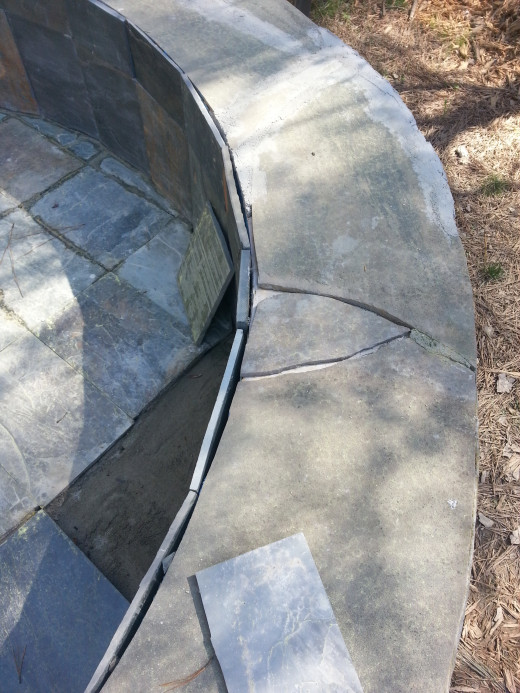
Then I turned my attention to the base of the interior reservoir, which had drainage problems. Water tended to pool in the end opposite the drain hole. I arranged several dozen tiles on the base floor and cut the edge pieces so they would be flush against the vertical tiles. After I removed the floor tiles I started around the drain and with dry mortar mix and a small garden spade shoveled ever-increasing amounts of the mix under each successive row of tiles so that they leaned toward the drain. I had a small level to indicate that each tile had the correct lean.
I used dry mortar for ease of handling and speed of application. When submerged in water, all cement products set up and cure. Absolute immersion in water isn’t the ideal condition for curing mortar (a mixture of sand and cement) or concrete (a mixture of mortar and gravel), but in this location I planned to soak the dry mixture, drain the pool and let it dry, then soak it again. Repeated immersion and repeated drying out do provide ideal conditions for curing. In nature this is what happens to all exterior concretes. They get soaked by rain, then dry, soaked again and dry and eventually, usually after about a month, become weatherproof.
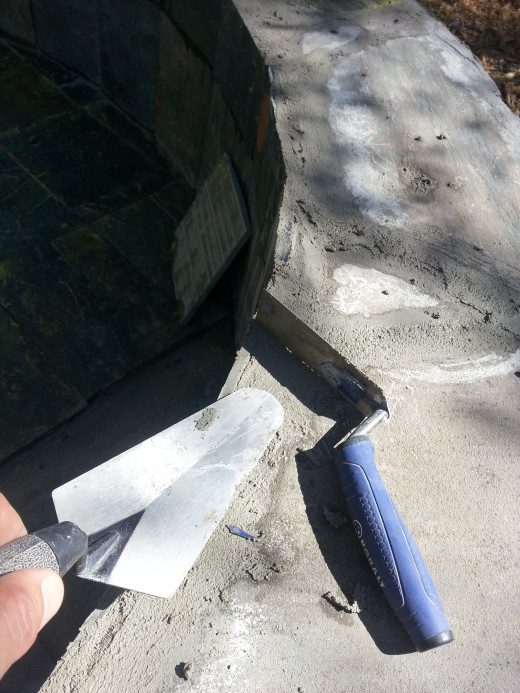
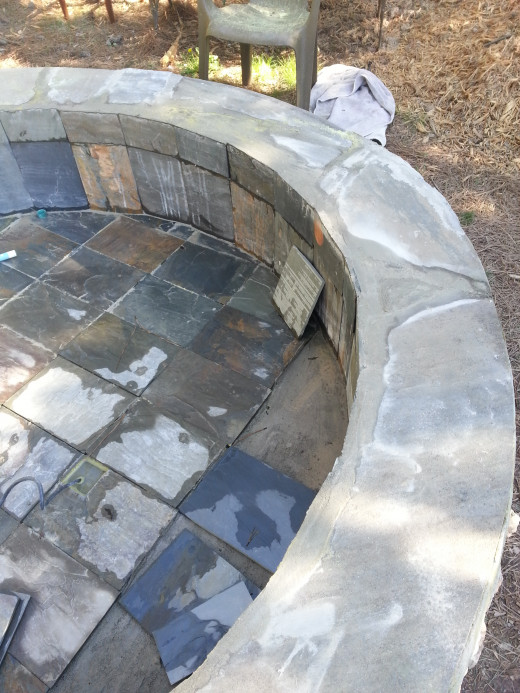
After I the floor tiles set up I troweled the gaps around the lip of the pool with wet mortar. Some of the flagstone pieces on the top edge had also worked loose, and I repaired these as well.
I eagerly look forward to refilling the pool and putting in a new pump… At such time I will revise this essay and post new photos to show the finished result. Check back later to see how the renovation compares to the original!
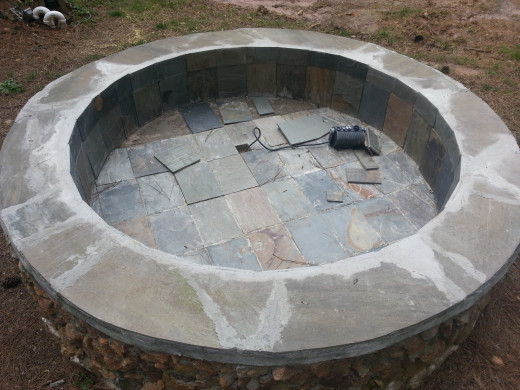
© 2015 James Crawford

